THE DIGITAL TWINS MARKET: AN OVERVIEW
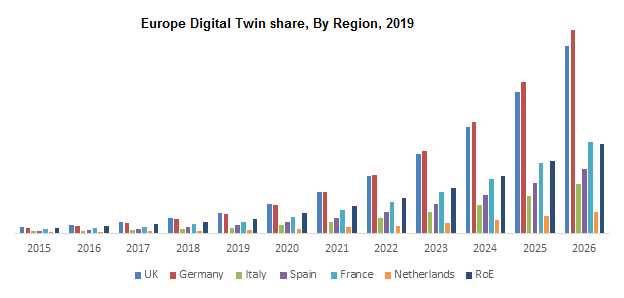
The existence of several firms active in digital twin technologies, as well as supportive government measures, have contributed to the growth of the digital twin market. As a result of the COVID-19 issue, critical infrastructure businesses are focused on strategic alliances to support development projects. Germany is known for its advanced technological capabilities and will […]
STRUCTURAL HEALTH MONITORING (SHM): CONCEPT AND OBJECTIVES
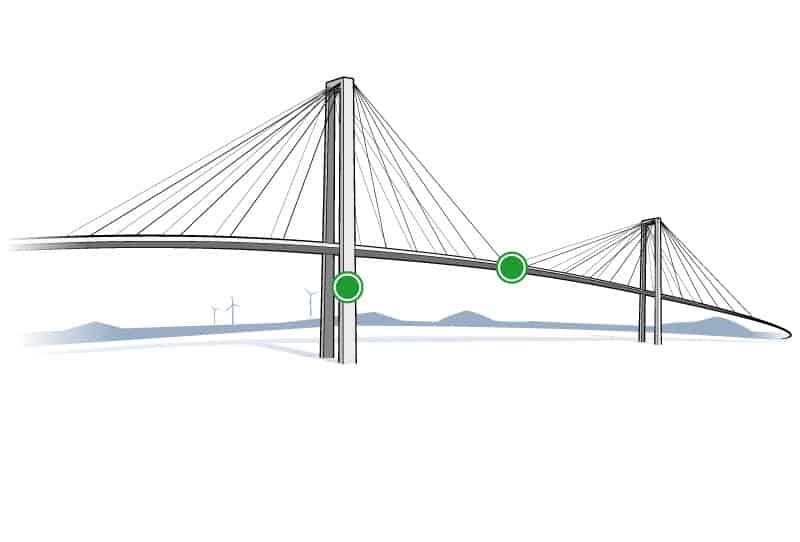
A SHM system is defined as both “the observation” and “the analysis” of a built asset over time using periodically sampled response measurements to monitor changes to the material and geometric properties of engineering structures such as bridges and buildings. The fundamental objective of SHM is to manage the risks and to take the appropriate […]
ASHVIN IoT Platform: A short overview

In the context of the ASHVIN project, we want to establish means to collect data generated during the process of building design, production, and maintenance. To do this, we need an all-encompassing IoT platform able to digitally represent real world devices, enable message exchange between devices and applications, persist messages in a database and, finally, […]
ASHVIN Digital Toolkit: An introduction
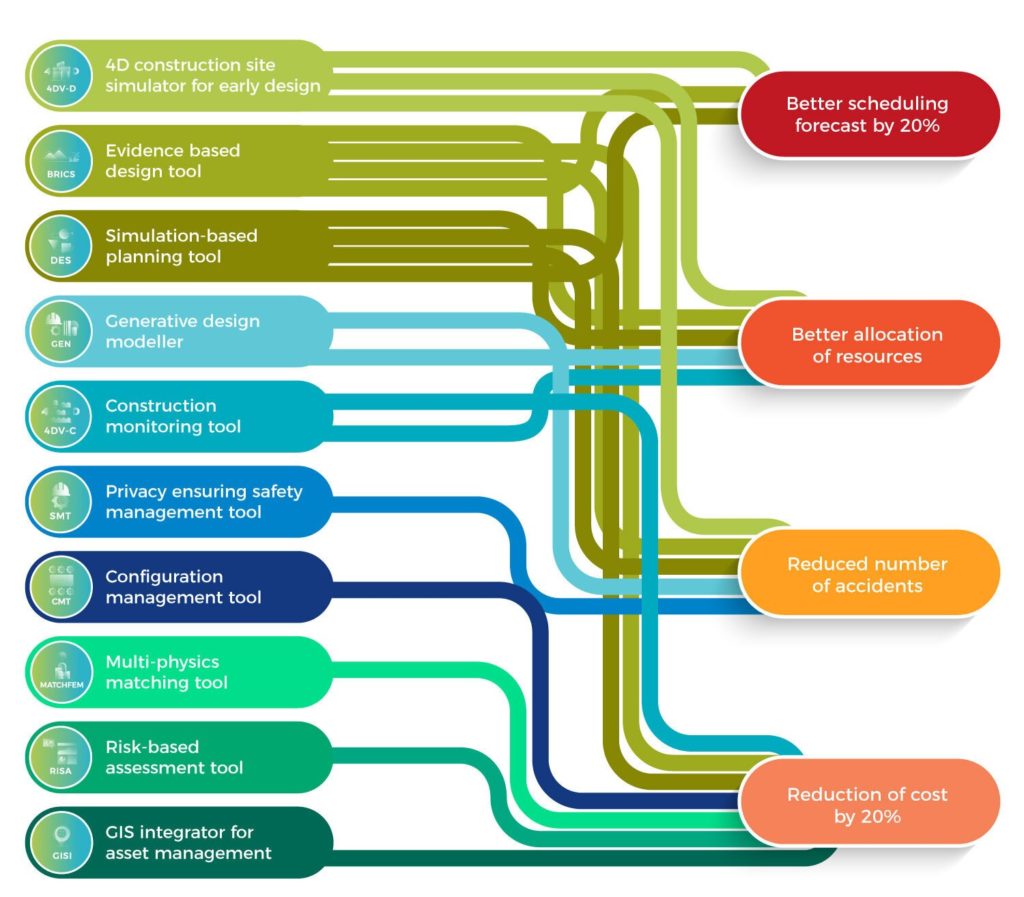
ASHVIN project aims at the digitalization of the construction industry to increase productivity, resource efficiency, and safety. Towards this goal, digital twin technology is only one means to an end. Therefore, the core of all ASHVIN development aims at introducing two major process innovations enabled by the possibility to closely match as-build information with as-designed […]
Performance Indicators for Construction Projects: A literature review

Many companies are using Performance Indicators to compare their construction projects and to assess how the strategic goals of the company are fulfilled. However, the construction industry lacks objective benchmarks, or a way to measure excellence across the industry. One reason for the absence of industry benchmarks is the lack of centralized data necessary to […]
Cross-industry standardization for the building industry

Aiming to improve productivity and product quality of European construction industry through the development of an IoT based digital twin platform, ASHVIN attaches great value to the further development of BIM-related technologies, applied during the project. Standardization is one of very important aspects to be addressed during the development of an open-source digital twin platform integrating IoT, […]
Who develops Standards?
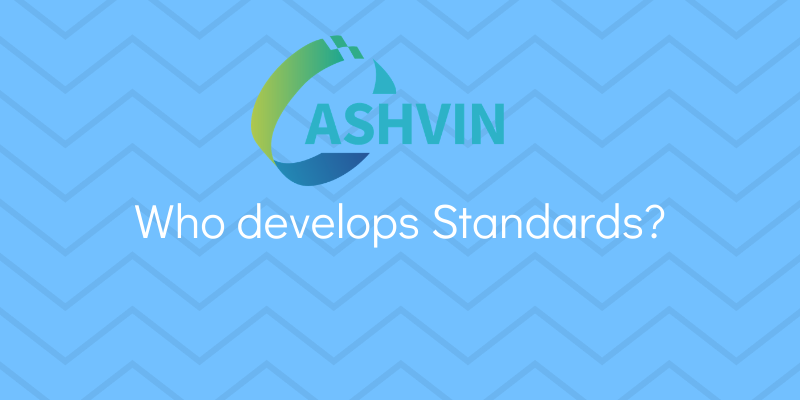
There are numerous organizations developing standards, ranging from companies, consortia and industry in the private sector, to national, regional and international organizations. The latter three constitute the bulk of the international standardization system, required by the WTO TBT Agreement to follow its principles and requirements for standards development. There are also NGOs with specific socio-economic […]
What is a Standard?
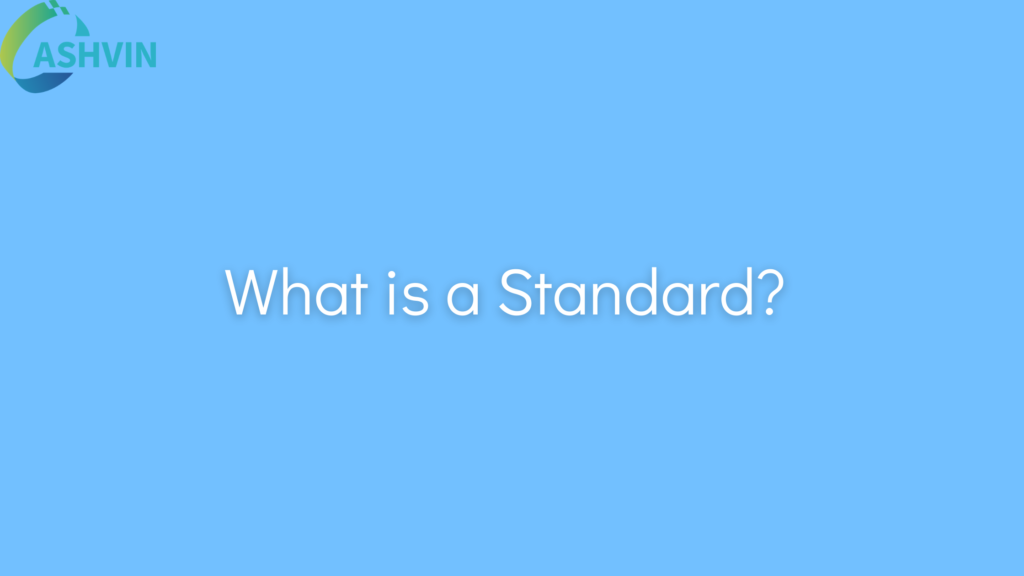
In ISO/IEC Guide 2:2004, standardization is defined as an activity of establishing, with regard to actual or potential problems, provisions for common and repeated use, aimed at the achievement of the optimum degree of order in a given context. Important benefits of standardization are improvement of the suitability of products, processes and services for their […]
ASHVIN and Ethics

As an EU funded research project ASHVIN will give ethical considerations the highest priority and ensure that all activities carried out under the project comply with ethical principles and relevant national, EU and international legislation, such as the Charter of Fundamental Rights of the European Union and the European Convention on Human Rights. Throughout the […]
Mainflux, an IoT lingua franca to serve as a backbone of ASHVIN platform!
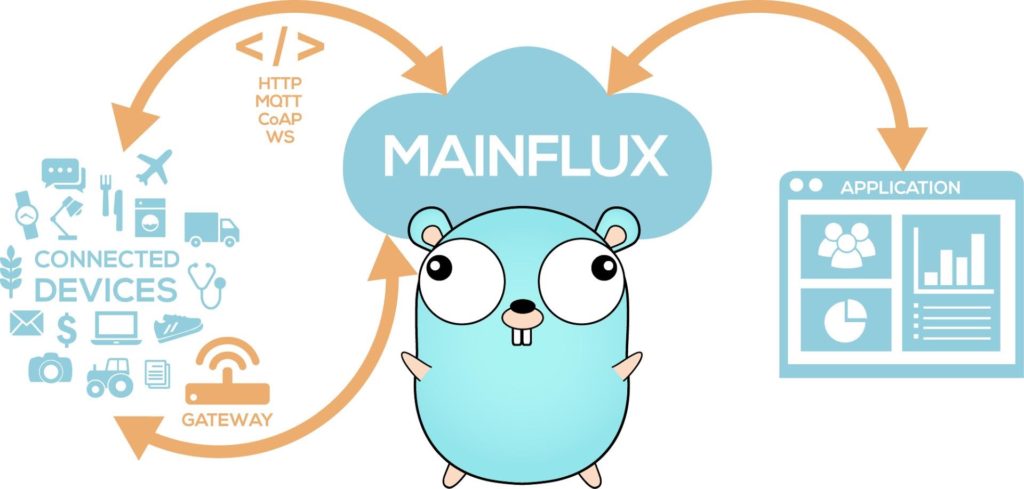
In the context of the ASHVIN project, we want to establish means to collect data generated during the process of building design, production and maintenance. To do this, we need an all-encompassing IoT platform able to digitally represent real world devices, enable message exchange between devices and applications, persist messages in a database and, finally, […]


